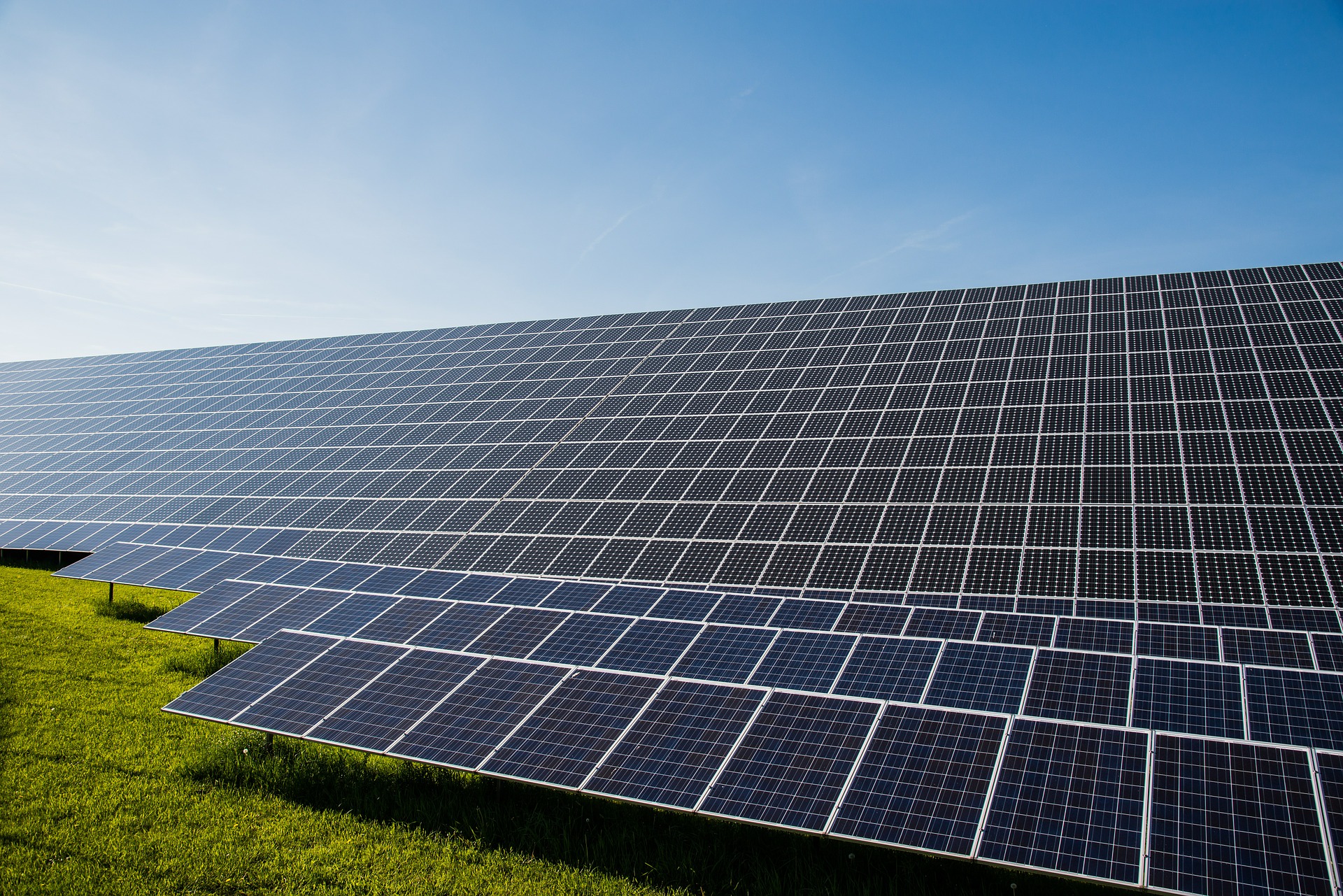By Lakshmi Chandrasekaran
A Chinese solar energy company captured the imagination of the world and a younger generation of consumers by building a solar farm in the shape of a giant panda. That adds a bit of whimsy to China’s growing reputation as a world leader in solar energy production. But the hottest competition is in the race for new solar technology
In the quest to limit carbon emissions, more countries are harvesting energy from the sun, with the focus on research to create better solar cells and batteries to store it. And this is not surprising when you consider a few facts about solar power. The Earth receives 173,000 terawatts (or 173 trillion kilowatts) of solar energy all the time.
“Enough solar hits the Earth every hour to power it for a full year. But each year, we use only about 15 terawatts of (solar) energy total!” says Aaron Durnbaugh, director of Office of Sustainability at Loyola University in Chicago.
Part of the problem is that “typical solar cells have a maximum efficiency of only 33 percent,” says chemistry professor Michael Wasielewski, director of ISEN, the Institute for Sustainability and Energy at Northwestern University. “We would like to take it to 45 percent using a new technology,” he says, highlighting his research on singlet fission, a joint venture with Exelon, an energy giant headquartered in Chicago and the parent company of ComEd.
Light from the sun flows in a steady stream of particles called photons. But they don’t all have identical energies. In sunlight, the blue photons in the blue spectrum of light have more energy than the red ones in the red spectrum of light. One of the main reasons for the low-efficiency for today’s solar cells is that current technology hasn’t tapped into the blue photons of sunlight.
Singlet fission, first discovered in the 1960s, gained momentum over the past decade due to its application in enhancing the efficiency of solar cells. Conventional solar cells using silicon semiconductors are limited to tapping the red, low energy part of the spectrum of sunlight. Wasielewski’s lab is identifying organic semiconductors that can exploit the as yet unused blue packets of energy from the sun. Upon absorbing these photons, an electron in one molecule of the organic semiconductor is kicked to a higher energy level. This electron then drops down to an energy about half that of the original level. The energy that is freed by this drop then kicks an electron in a neighboring molecule.
This results is two excited electrons that can be collected and used in a solar cell, resulting in the overall increase in maximum efficiency. This is unlike the typical silicon solar cell, where each photon only releases one electron. So now we have “two for the price of one!” says Michelle Chen, a graduate student in Wasielewski’s research group and lead researcher in the project.
That means more electricity from a single packet of solar energy. The easiest application for these organic semiconductors would be to enhance the performance of traditional silicon solar cells. “For example, you can take existing silicon-based solar cells that are commercially available and enhance them by using a coating of the materials that can undergo singlet fission – that raises the performance level of a solar cell,” says Wasielewski.
This is where Exelon enters this picture, as energy companies expand their energy portfolios by investing in renewables. There are different customer energy demands that are satisfied by various forms of power generation ranging from conventional to solar to nuclear plants.
“For us to serve our customers we need to be able to provide that. We believe that it’s going to take many different sources of clean energy to do that,” says Chris Gould, Exelon’s Senior Vice President of Corporate Strategy and Chief Sustainability Officer. Exelon believes in this transformation, he says. Starting this year, Exelon has entered into a three-year partnership with Northwestern – the first one and a half years will be devoted to exploring fundamental research ideas to identify potential organic semiconductor products. And the rest of the time will be used to explore the marketable technologies that arise from the research.
“I think our dialogue regarding Exelon’s view about what our customers want and Northwestern’s view about what’s technologically possible is helping us to choose areas of interest and our collaboration has been rewarding thus far,” says Gould.
Ultimately, launching a product successfully involves policy challenges within the government to support alternative energy. One of the stumbling blocks here is the mindset that it is difficult to incorporate anything new in the existing infrastructure because current energy technology is so embedded and widespread. Besides, a lot of people are already making money with the existing technologies. So why invest in something new?
Governments control the rates energy companies can charge consumers. Allowing higher rates for solar technologies is going to need a paradigm shift on the part of the government but costs are already going down as solar energy use rises.
In essence, we need government policy to say, “whether it’s going to cost more or not we are going to do it and we are going to do it because people’s health is going to matter. People are going to be healthier and energy is going to be abundant,” says Wasielewski.
Wasielewski cites a recent successful story – House by Northwestern (HBN), a fully solar-powered house designed by students that brought the Northwestern for the first time to the international Solar Decathlon competition held in in Denver in October. “HBN is a good example, designed with senior citizens in mind. HBN allows homeowners to be able to enjoy life in a context that is relatively low cost and not cut down any comfort,” he says.

